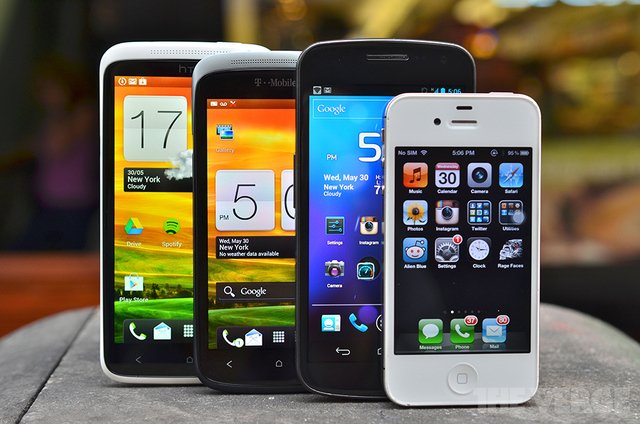It is the start of the month, and as a general rule, Google sheds some light on the distribution of various versions of its mobile working system, Android. In step with distribution data for the Android OS platform, shared by Google for September, Android Jelly Bean (versions 1.x and 4.2.x) now contains 45.1 percent of all Android devices, at a minimum, the ones that meet Google’s criterion, in comparison with the joint share of forty.5 percent of the variations registered, closing month.
Amongst Jelly Bean, Android four.2.x is just existing on 8.5 % of devices, while Android four.1 has a distribution share of 36.6%. This explains the state of fragmentation inside Android’s newest releases, while Google chooses to crew them collectively under one title to offset it. Additionally, the info would not even include Android 4.3 Jelly Bean’s share. Google had unveiled Android 4.3, a new Android model, in July; nevertheless, it’s present on so few gadgets that it doesn’t even make an appearance on the chart.
On the other hand, what’s most fascinating to see is that this month’s information does not embrace Android 1.6 Donut and Android 2.1 Eclair. While it might give the impression that Google has been in a position to conquer fragmentation, at least at a minor level, the true reason behind the 2 being excluded is that this distribution data is gathered from the brand new version of the Google Play store app, which helps Android 2.2 and above. Last month, the combined share of Android 1.6 and Android 2.1 was 1.3 percent.
It is price mentioning that starting April, the information charts are actually according to the data amassed from each instrument when the person visits the Google Play store. Google says this is to make it more correct and mirror users who are most engaged in the Android and Google Play ecosystem. Before this, data was amassed when the instrument merely checked in to Google servers. The new methodology might exclude some gadgets that don’t include the Play Store, so the information shouldn’t be 100 percent correct.
Again to this month’s information, Android 2.2 Froyo’s tool distribution share was 2. four p.c, while the proportion of Gingerbread (Android 2.3. x) used to be 30.7 percent. Gingerbread’s share decreased utilizing 2 points, but it still has the second-largest share, making things difficult for builders who’ve been looking to put Android four.0 as the threshold. In this manner, a significant number of Android users do not access the newest version of some apps.
Android 4.0 or Ice Cream Sandwich registered a share of 21.7 %, a decline of 0 points. A variety of price range devices are releasing Android 2.3 and Android 4, without a clear replacement course. On the other hand, Google has already announced the following Android version, Android 4.4 or KitKat, which is rumored to be released in October.
- Put iOS 7’s Control Center on your Android device
- Verizon is first in line for Moto X’s KitKat update
- Xolo A500L with Android 4.2 listed on a company website, without pricing
- Purported images of the HTC One Max dual-SIM with fingerprint scanner appear online
- Samsung is allegedly working on 12.2 and 10-inch tablets








